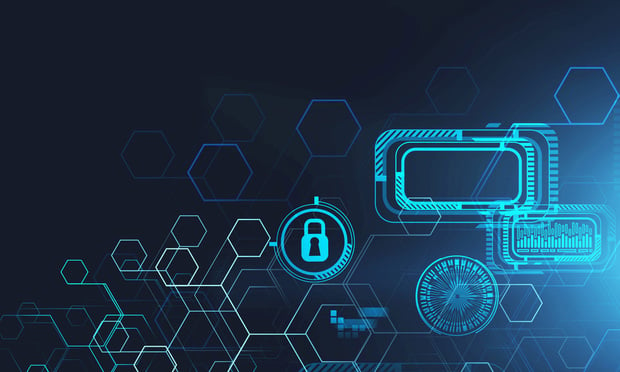 The NHTSA recommends the automotive industry follow the National Institute of Standards and Technology's (NIST's) documented Cybersecurity Framework in order to "build a comprehensive and systematic approach to developing layered cybersecurity protections for vehicles." (Credit: denisismagilov/stock.adobe.com)
The NHTSA recommends the automotive industry follow the National Institute of Standards and Technology's (NIST's) documented Cybersecurity Framework in order to "build a comprehensive and systematic approach to developing layered cybersecurity protections for vehicles." (Credit: denisismagilov/stock.adobe.com)
In the midst of ever-evolving cyberthreats, the National Highway Traffic Safety Administration (NHTSA) recently updated its Cybersecurity Best Practices for the Safety of Modern Vehicles report, which was originally released in 2016. The 2022 report leveraged research and industry activity over the last six years in order to provide updated guidance for how the automotive industry can improve motor vehicle cybersecurity.
Recommended For You
Want to continue reading?
Become a Free PropertyCasualty360 Digital Reader
Your access to unlimited PropertyCasualty360 content isn’t changing.
Once you are an ALM digital member, you’ll receive:
- Breaking insurance news and analysis, on-site and via our newsletters and custom alerts
- Weekly Insurance Speak podcast featuring exclusive interviews with industry leaders
- Educational webcasts, white papers, and ebooks from industry thought leaders
- Critical converage of the employee benefits and financial advisory markets on our other ALM sites, BenefitsPRO and ThinkAdvisor
Already have an account? Sign In Now


